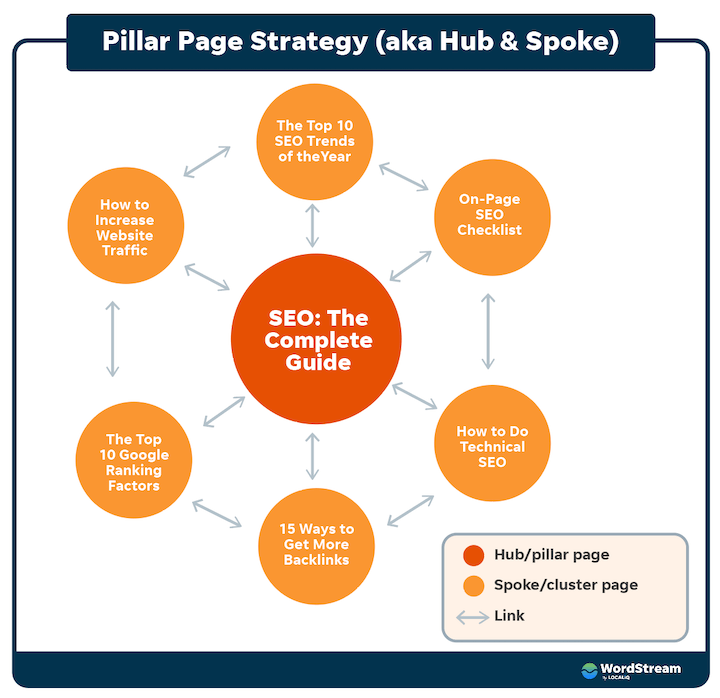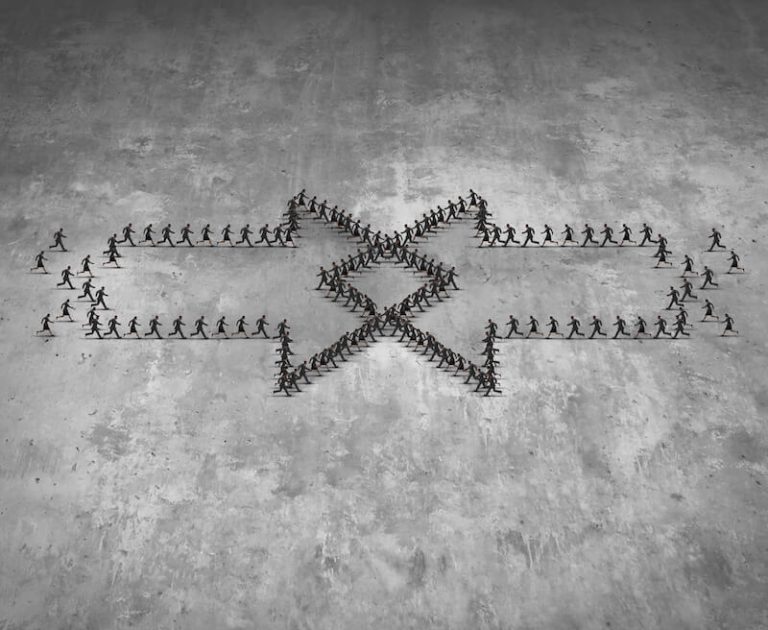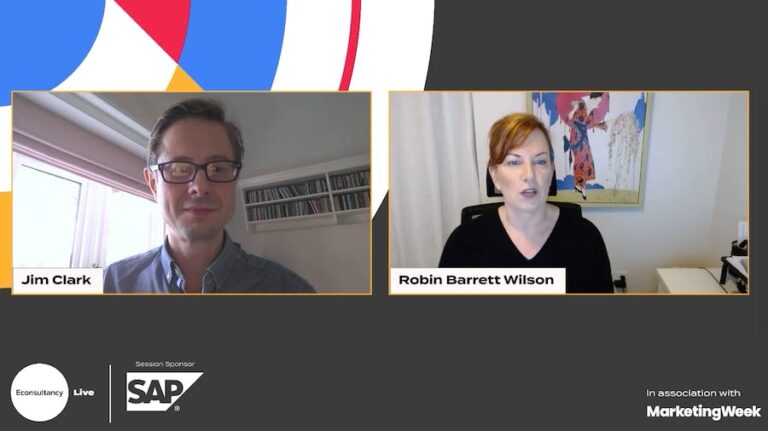“We’ve broken the organisation down to essentially three tribes, and everyone is part of one of those three tribes, which are orientated around audiences. We have a consumer tribe, a customer tribe, and an engagement tribe,” he explains. “Then we orientate around these squads… They’re specific teams that can be made up of cross-functional people that self-allocate and orientate around a single KPI.

Of course, it’s not always easy to implement these types of changes, particularly when – as in Benefit’s case – they are unprecedented and “to everyone else,” (meaning employees not directly involved), “it was a process they did not know was happening.”
“We’ve actually made really interesting changes; we’ve found new skill-sets in people we never knew existed, and we’ve put well-being at the top of the agenda above and beyond, in many cases, ‘the job.’”
A shift to agile structures
According to Marketing Week’s Career and Salary Survey 2021, 46.3% of marketers have experienced the introduction of a new team structure over the past 12 months, while 22.6% have seen their teams merge with other departments or functions.
According to Bramall, the structure has created a much more agile organisation, and one that is “much more orientated in laddering up to business KPI’s that we really want to hit” and “driving more impact.” Ultimately, he explains, “the squads really have helped highlight what’s really important each quarter – what we’re going to really drive towards.” He also states that the squad structure has also increased the marketing team’s NPS score to nearly 50, which is 30 points higher than it was previously.
“What this is enabling us to do is to build a sense of excellence, attract new talent, and really build resilience into our operating model and take out duplication. And all in all, be more joined up and consistent in terms of how we connect with our customers.”
Interestingly, despite Benefit typically being a very experiential brand that uses “lots of disruptive tactical activity”, Bennett also says the brand has realised the need to “reverse-align the digital team in terms of the physical.” In other words, to figure out how the digital team might be able to recreate the customer experience for physical retail, rather than the other way around.
HSBC UK has been reorganising its global marketing function over the past year, moving away from its former structure which focused on different marketing teams supporting different brands and lines of the business (e.g. corporate, retail, private banking etc.)
Moffat agrees that, in order to help disparate teams re-focus, it is important “to be really honest about not having all the answers.”
At the Festival of Marketing, Marketing Week’s Deputy Editor, Lucy Tessaras, chaired a panel featuring Lou Bennett, Marketing Director for Benefit Cosmetics; Becky Moffat, CMO of HSBC UK; and Gary Bramall, CMO of Zoopla.
In terms of the skill-sets needed in modern marketing teams – whether digitally-focused or not – Bramall cites the importance of analytical capabilities, particularly as marketeers have shifted from “artistry to science” over the past decade.
Driving impact, improving well-being, and removing silos
This is because, says Bennett, “you manage the whole person. And for the past 12 months we’ve been working in people’s living rooms and bedrooms with their cats, dogs, children, husbands… So [it’s been about] really understanding the whole person and not just the 9-5.”
Bramall suggests this is “what modern CMO’s and marketing leaders need to do.”
“My job is around getting out of the way and getting the leaders into helping and growing and fostering people, and creating trust, and allowing people to make those mistakes and learn from those mistakes and building the right type of culture.”
Benefit Cosmetics’ marketing team already took a blended approach, covering “everything from product and retail and ecommerce” says Marketing Director Lou Bennett, to “PR, influencers, brand, digital, social, visual merchandising, CRM, the DTC-side. So, really, really broad.”
“Our culture at Benefit is built on transparency, trust, openness, and all of a sudden, colleagues were no longer turning up. And it wasn’t just in our market, as a global brand we had lots of issues, so it was really important to be here and be very accessible for any questions, to be really transparent and upfront in communication and for it to be okay to say ‘I don’t know what’s going to happen, but it might look like this.’”
Zoopla has similarly shifted its working model, with CMO Gary Bramall explaining how Covid led to the realisation that “we can’t work harder, we need to work smarter.”
Instilling trust during turbulent times
“Now,” explains Marketing Director, Becky Moffat, “what we’ve done is create a combination of specialist hubs that support those cross-brand areas, and then also relationship teams that are deeply embedded within the brand that they are working with.”
Since structuring its teams to work together across different parts of the business, HSBC has also seen significant benefits. “The level of proactive collaboration is rising exponentially,” says Moffat, “and is really starting to drive some very creative and different approaches across the marketing team. It’s early days but there’s been some really positive signs in terms of breaking down silos and creating much greater collaboration and adaptability.”
“That brings challenges around confidence and competency around analytical data and the interrogation of data. We focus quite a lot on data literacy… we believe that everyone needs to be able to have that to succeed at Zoopla.”
“We are embarking on a very different way of working; we are bringing different teams together. So, I try to constantly be very clear and honest with the team that, almost, the announcement of the changes was the end of the preface, and the story then starts in terms of how we work through and how we embed new ways of working,” she says.
‘Again, back to the culture thing; you hire people who are curious and inquisitive, and you organise your structure that runs parallel to the audience. So if you have audience symmetry – a consumer team who is confident, curious, and empower them to do things – magic happens, and people start telling me amazing things that I didn’t even know we were doing.”
The discussion centred around how each organisation has navigated structural changes over the course of the past year, as well as their perspective on what an effective marketing team should look like.
“Really the goal of that was around increasing communication, increasing impact, being more agile, and more connected (even though we were further apart),” says Bramall.
“It feels with this change in particular that we’ve really made a step-change, and I’d encourage anyone to try and have a look at more agile structures that are less channel-based and more audience focused. In a world where there aren’t many silver bullets, it’s probably the closest thing that I’ve come to that’s really helped.”
Digital is driving consistency across channels
With digital becoming even more integrated into businesses, Lucy Tessaras asks how valuable it is to merge digital and marketing teams.
Zoopla’s Bramall says that involving people in organisational change can be another key to driving momentum. “We wanted to decentralise power; we wanted to push power as low down into the organisation as possible.”
However, while Bennett says that last year was “an incubator for future-focussed changes” from a customer perspective, the brand was also forced to make tough decisions around “losing really good people” which actually led to a more positive focus on employee well-being.
Zoopla changed from a channel-orientated marketing function, which supported all of Zoopla, to Spotify’s ‘Teams, Tribes, and Squads’ model. Interestingly, Marketing Week’s survey also found a rise in this type of structure, with 15.8% of teams moving to a squad-based, agile way of working over the past 12 months.
Lou Bennett says that digital has always been closely aligned with other areas of the Benefit, explaining this it is “really about consistency and understanding… the experience and tone of voice has to be the same whether the customer is shopping at home on their laptop in their pyjamas or they’re walking in the store at Selfridges, or they’re engaging with us on our social channels.”
Moffat explains how at HSBC, digital is often found in different areas, “some of which we could call digital marketing, some of which we would call what is effectively ecommerce in other industries,” she says. “But the real challenge is if you’ve got too many teams, you can have problems, even if you’ve got deep expertise within those teams. It is about how you create key squads around key journeys and problems, so you can actually bring the expertise together to solve across and through the funnel.”
For example, she says, “our digital hubs support digital acquisition for HSBC retail and corporate and First Direct and Marks & Spencer’s bank (or will do, as we are in the process of getting it up and running at the moment).






